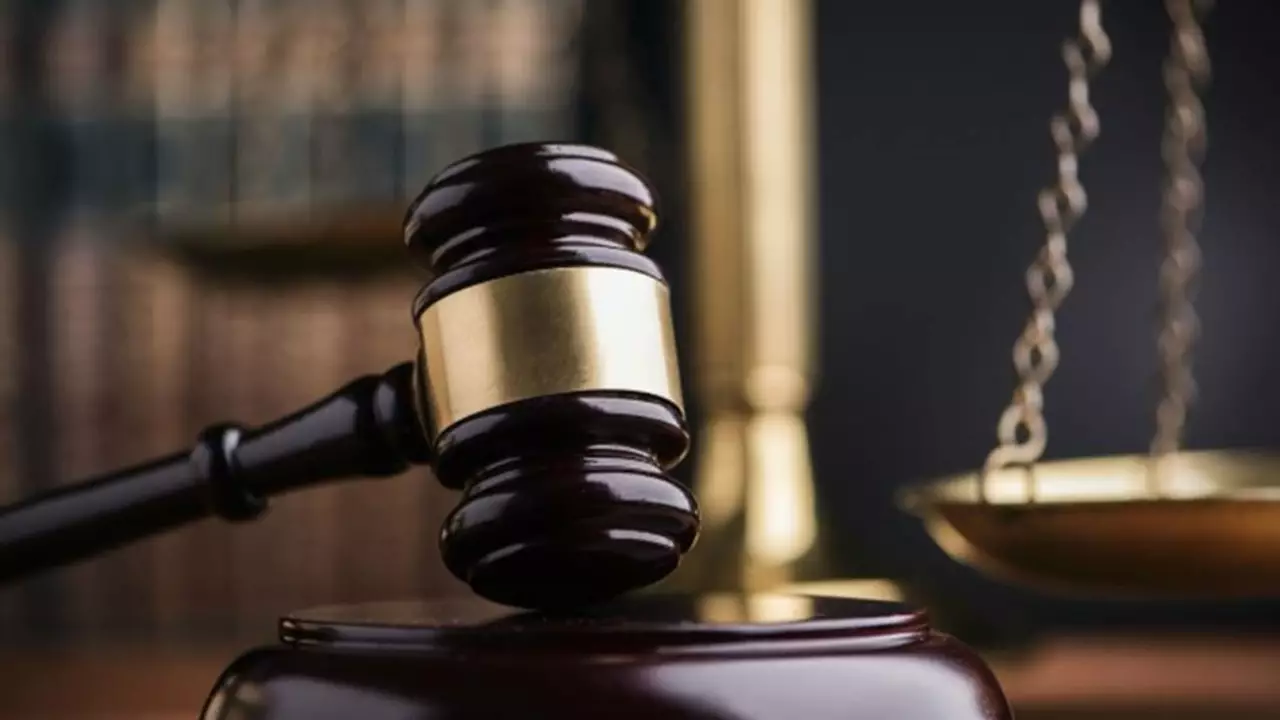Trial Court: Your Quick Guide
If you ever wonder where a lawsuit really starts, it’s the trial court. Think of it as the front line of the justice system – the place where judges, lawyers, and ordinary people meet to sort out disputes. Whether it’s a criminal charge, a civil claim, or a family matter, the trial court is where the story unfolds, evidence is presented, and a decision is finally made.
What a Trial Court Does
A trial court’s main job is to figure out the facts. The judge listens to both sides, looks at documents, hears witness testimony, and decides what really happened. In criminal cases, the court decides if the accused is guilty or not. In civil cases, it determines who owes what to whom. This is different from higher courts, which usually only review whether the law was applied correctly, not whether the facts are true.
Because it handles the first look at a case, the trial court follows strict rules of procedure. Those rules make sure everyone gets a fair chance to speak, that evidence is handled properly, and that the process stays organized. If you’re a plaintiff or defendant, you’ll likely spend most of your time here preparing for hearings, filing motions, and meeting deadlines.
How a Case Moves Through a Trial Court
Every case starts with a filing – a complaint for civil matters or an charge for criminal ones. After the filing, the other side gets a chance to respond. Next comes the discovery phase, where each side asks for documents, answers written questions, and may take depositions. This stage can feel like a marathon, but it’s crucial for building a solid argument.
Once discovery ends, the court sets a trial date. Some cases settle out of court during this time, which saves everyone money and stress. If it goes to trial, both sides present their case in a structured order: opening statements, evidence, witness cross‑examinations, and closing arguments. The judge (or jury, if there’s one) then deliberates and issues a verdict. After the verdict, the losing party can often appeal to a higher court, but the trial court’s decision is the starting point.
Throughout the process, the judge plays the role of referee. They keep the courtroom orderly, rule on objections, and make sure the law is followed. In many trial courts, judges are elected or appointed, and they may handle dozens of different case types each year.
Understanding the trial court helps you know what to expect if you ever face a legal issue. It’s the place where the facts get tested, where lawyers argue their points, and where the first official decision is made. Knowing the steps – filing, discovery, trial, verdict – can reduce anxiety and help you prepare better.
In short, the trial court is the foundation of the legal system. It’s where most disputes are resolved, and where justice is first delivered. Whether you’re a party to a case, a student of law, or just curious, keeping these basics in mind will make the whole process less mysterious and more manageable.
No presumption of innocence once trial court convicts?
Well, butter my biscuits and call it a day! I've been delving into this fascinating topic: "No presumption of innocence once trial court convicts?" Sounds like a proper brain teaser, doesn't it? So, here's the scoop: Once a trial court convicts someone, it's a bit like being caught with your hand in the cookie jar - the presumption of innocence just flies out the window. It's a bit of a sticky wicket, really. But hey, don't let that put a wrinkle in your forehead! Keep your peepers peeled for more legal lingo and courtroom conundrums!
full article